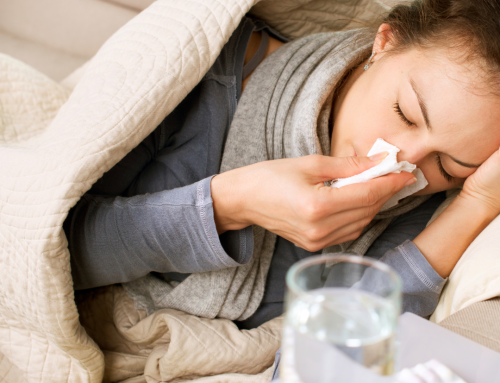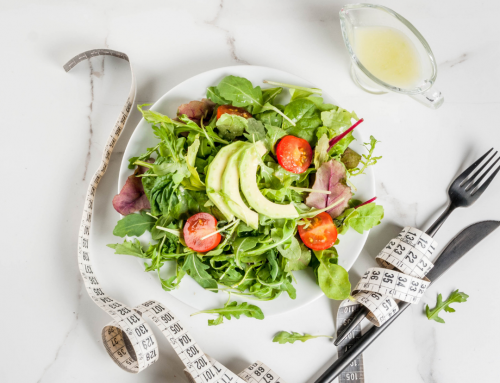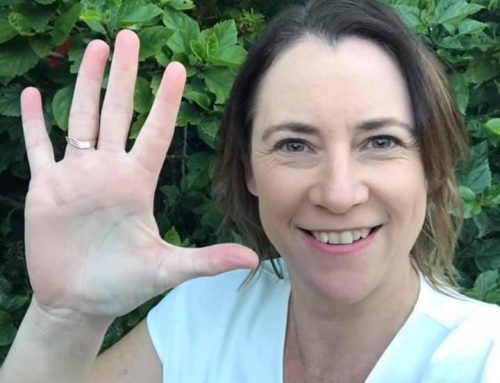Dehydration can show up in many ways. Dizziness, headaches and fatigue. As the weather warms up, its important to keep your water intake up.
Why is water so important?
Without water, your body wouldn’t be able to function. Water plays a role in nearly every function of the body, either directly or indirectly. It makes up about 60% of your body – men and infants have a little more, whereas women and people with a high body fat percentage have a little less. You will find water in your intracellular and extracellular fluids, plasma, organs, spine and digestive tract.
Water is needed for actions including:
- Maintaining body temperature
- Forming a barrier in the skin to protect against foreign bodies
- Brain function
- Digestion of food
- Excreting waste through urine, sweat and faeces
- Supporting a healthy metabolic rate
- Increasing satiety levels
Without enough water in the body, we become dehydrated. Even a little bit can make a big difference. Research has shown that 1-3% dehydration can impact on processes such as brain function, memory, energy and mood. When dehydrated, the fluid loss causes a drop in blood volume, which makes the heart work harder to push oxygen and nutrients around the body so hence the fatigue.
Symptoms of mild dehydration:
- Thirst
- Dry or sticky mouth
- Not urinating very much
- Headache
- Muscle cramps
- Dry, cool skin
- Dark yellow urine
Symptoms of severe dehydration:
- Not urinating or having very dark yellow urine
- Very dry skin
- Feeling dizzy
- Rapid heartbeat
- Rapid breathing
- Sunken eyes
- Sleepiness, lack of energy, confusion or irritability
- Fainting
How to boost your water intake
Now that you know how important hydration is for so many processes in the body, particularly fatigue, how can you get enough? Here are some simple tips to get more water into your day.
Make drinking more fun
Many people find plain water a bit boring. But if that’s the case, you can make it more interesting and still reap the benefits. As the weather warms up, you can add fresh or frozen fruit to your water. Berries, citrus and mint are some refreshing options to start with. A few of our Teas can also be added to cold water and infused and drunk throughout the day. Sweetrose, Calm, Lemon Verbena and Minty Apple can all be enjoyed this way. When the temperature drops, herbal teas are also a good way to keep your water intake up.
If you’re out at a social event and want an alternative for soft drinks, grab some sparkling water. Many supermarkets now have flavoured options – just make sure there’s no added sugars.
Eat your water
You don’t have to rely on your water bottle for all of your hydration needs. There are plenty of high-water foods around, especially as the warmer months bring tropical produce back!
Stock up on:
- Melons
- Berries
- Peaches
- Cucumber
- Celery
- Apples
- Pears
- Green leafy vegetable
- Broccoli
Create a habit
The easiest way to incorporate a new habit is to tie it to a current one. This goes for drinking water as well. You could try drinking a glass of water after brushing your teeth or when you go to make a cup of coffee. If you check your emails regularly, have a few mouthfuls every time your inbox loads up.
Figure out what you do at least 4-5 times each day and make those the times that you drink a glass of water.
Remind yourself
Sometimes, we need someone to push us until we get into a habit. In that case, it’s time to set up some reminders. You can simply set alarms on your phone throughout the day. There are plenty of apps out there that track water, from general diet trackers to specific water trackers.
If you aren’t into tech, you can get water bottles with measures on the side to remind you visually.
How much water should you drink?
Different people have different needs for water, depending on their body composition , exercise, medication use and other lifestyle factors. Even the weather can influence how much you should be drinking.
Government recommendations are around 2.1-2.6L of fluid per day. But if you’re not drinking water much, it’s best to start slowly and work your way up.
If you’re exercising, you’ll want to add 1-2 cups of water for every 30 min of exercise you do. If the temperature is over 30 degrees C, add an extra 2 cups per day.
How much do you drink each day? Share below.
Drinking enough water is just one piece of the puzzle. If you’re feeling fatigued or any of the symptoms above and want to discuss your hydration then book in for a consultation with me Book Now.
Dee x







Leave A Comment